How to avoid crowds at National Parks: 7 travel hacks
Learn how to avoid crowds at National Parks so you can experience iconic landscapes without standing in a queue
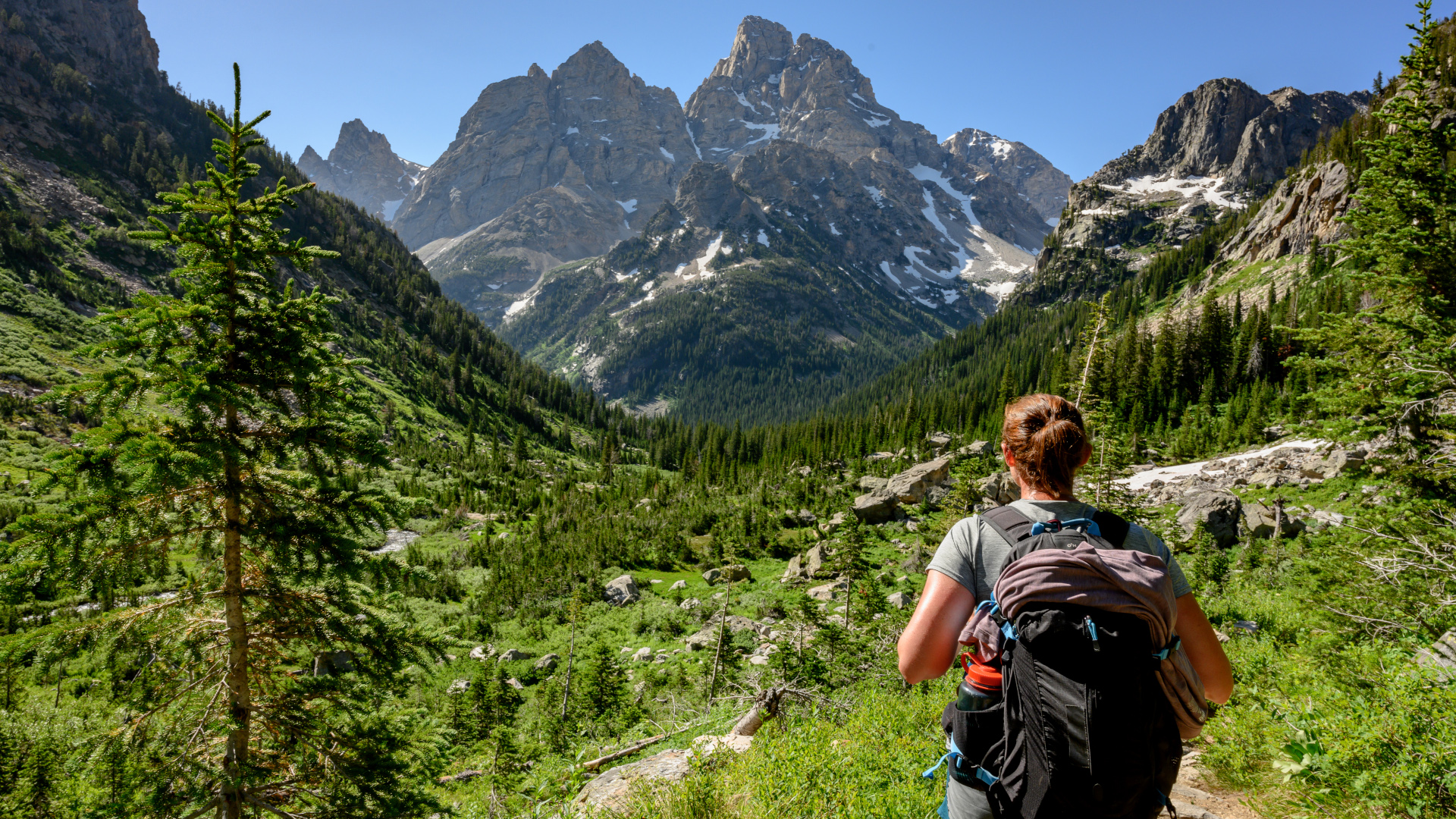
In my time living in the American west, I was fortunate enough to visit many National Parks. I waded through the waters of the Narrows in Zion, strolled amongst the giant sequoia of Yosemite’s Tuolumne Grove, and stood at the lowest point in North America in Death Valley.
Thanks to my lifestyle – no kids, self-employed, living in a ski resort – I was able to explore these iconic landscapes during quiet times. That is until I naively tried to drive into Yosemite on a Saturday back in 2016 and found myself sitting in a queue of cars for over an hour and finally understood all the clamor about crowding in National Parks. From then on, I made it my mission to figure out how to avoid crowds at National Parks.
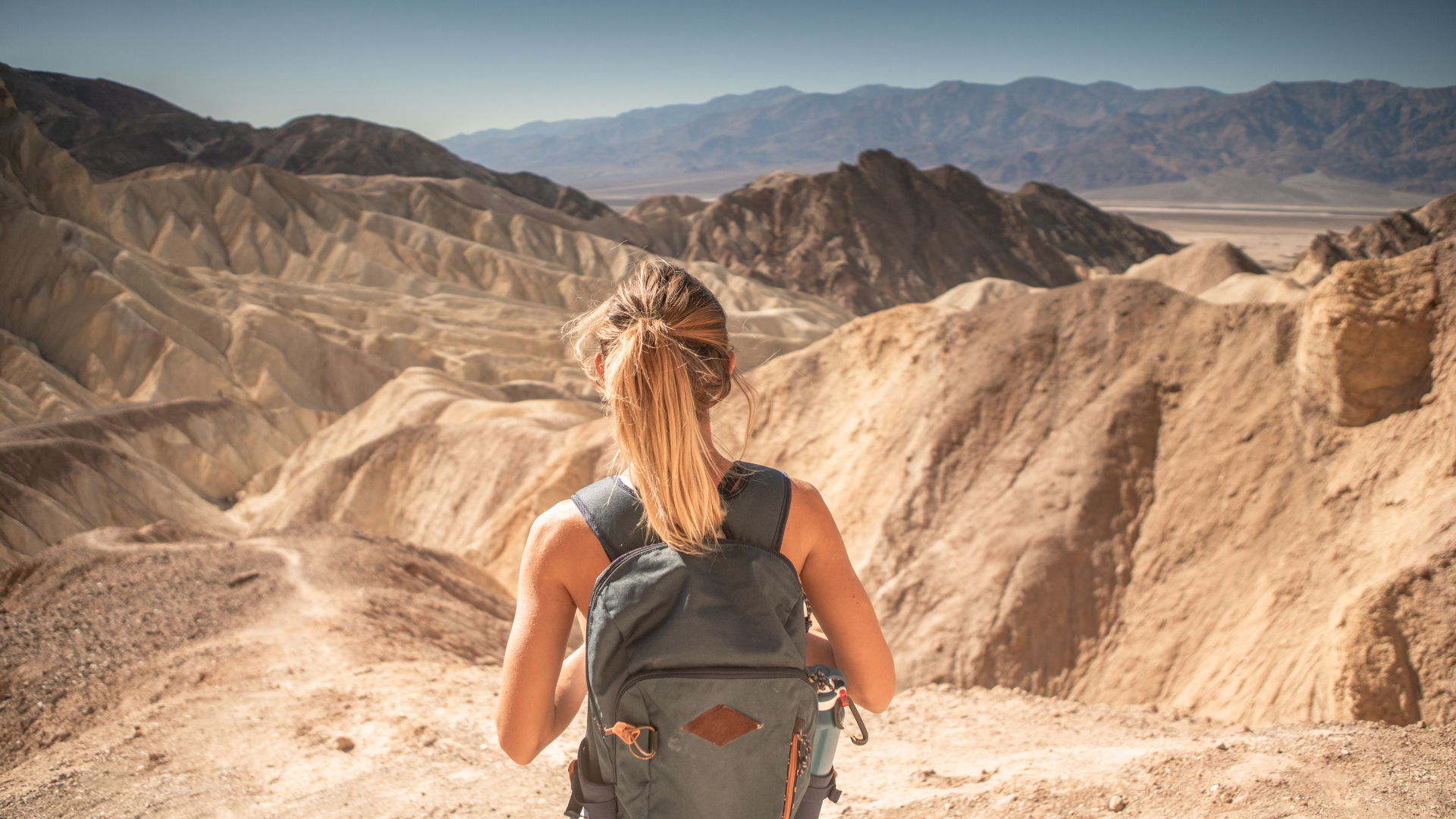
How busy are US National Parks?
There’s no question that America’s National Parks provide you with unforgettable experiences in nature and from Yellowstone to Shenandoah, we’re big fans of exploring these scenic treasures as often and widely as your life allows you to. However, these days it’s hard to talk about National Parks without also mentioning the crowds. According to the National Parks Service, 2021 alone saw over 297 million visits across their National Park sites. While that’s an eye watering number, visitation is gauged across all 423 National Park sites, which includes National Monuments, Seashores, Scenic Trails and other designations, so that number isn’t just within the 63 Parks. However, the National Parks themselves still saw some significant visitation, for example:
- Great Smoky Mountains National Park saw more than 10 million visitors
- Six National Parks welcomed more than four million visitors
- 30% of National Parks received more than one million recreation visits
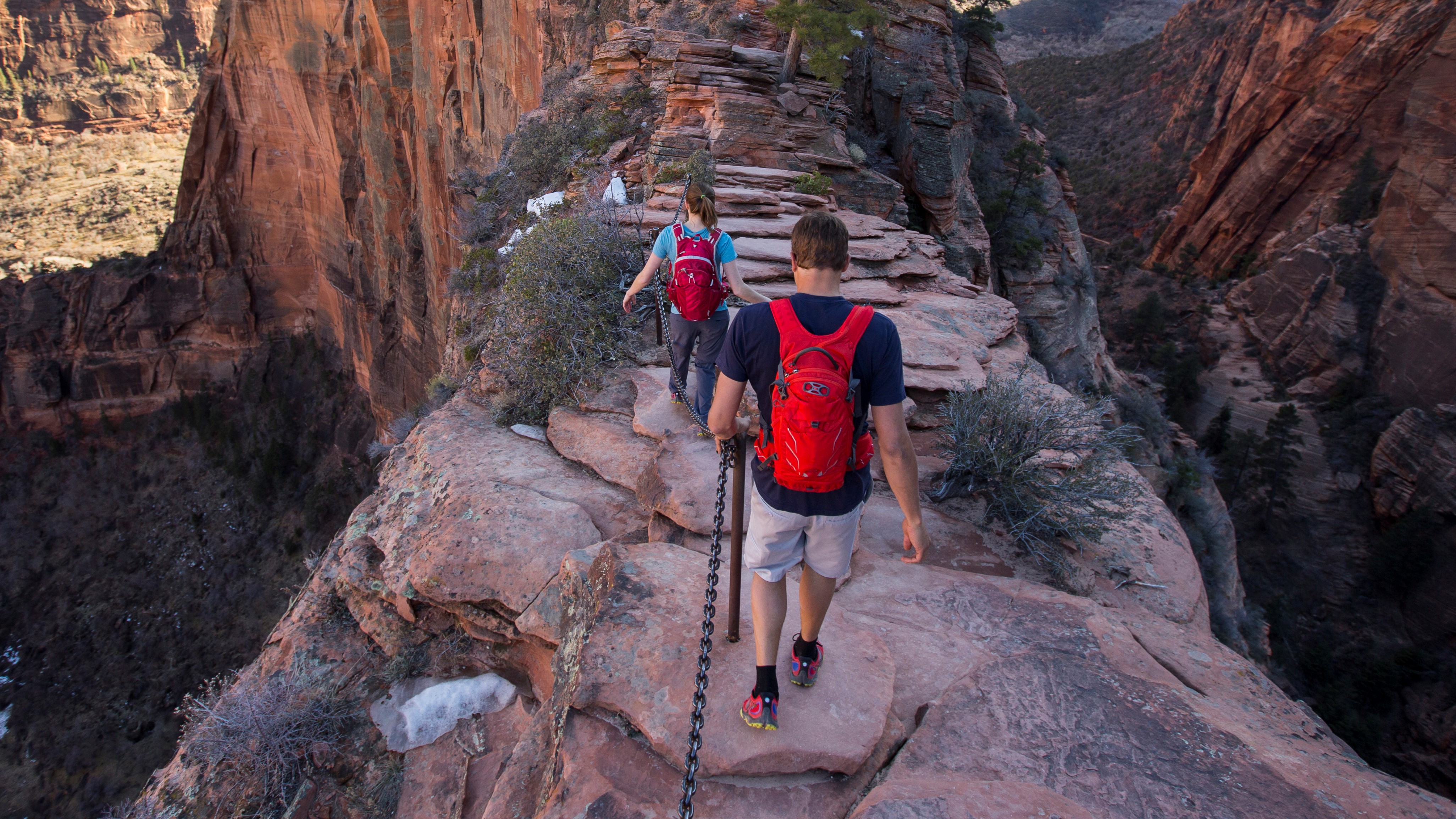
So how do these numbers compare with past years? Though the numbers certainly sound staggering, and they are up on 2020 by 60 million, they’re actually down on 2019 when a record 327 million people visited a National Park site, which is basically as if almost every single person in the US visited a park that year. Generally speaking, the visitation numbers have been on the rise since the NPS started tracking them back in 1904, first hitting the millions in 1989. Of course, there are more people in the US these days, but while the population has quadrupled since 1904, the number of people visiting National Parks has increased to the tune of about 250,000%. Yikes!
The reasons for this are many, but primarily, people have more disposable income, Americans actually get a little paid vacation these days (sometimes, kind of) and there’s increased interest in spending time in nature. Oh, and America’s National Parks are awesome. But, they’re often busy. In fact, the 2021 statistics show the top ten busiest National Parks as follows, each with more than three million visitors.
- Great Smoky Mountains
- Zion
- Yellowstone
- Grand Canyon
- Rocky Mountain
- Acadia
- Grand Teton
- Yosemite
- Indiana Dunes
- Glacier
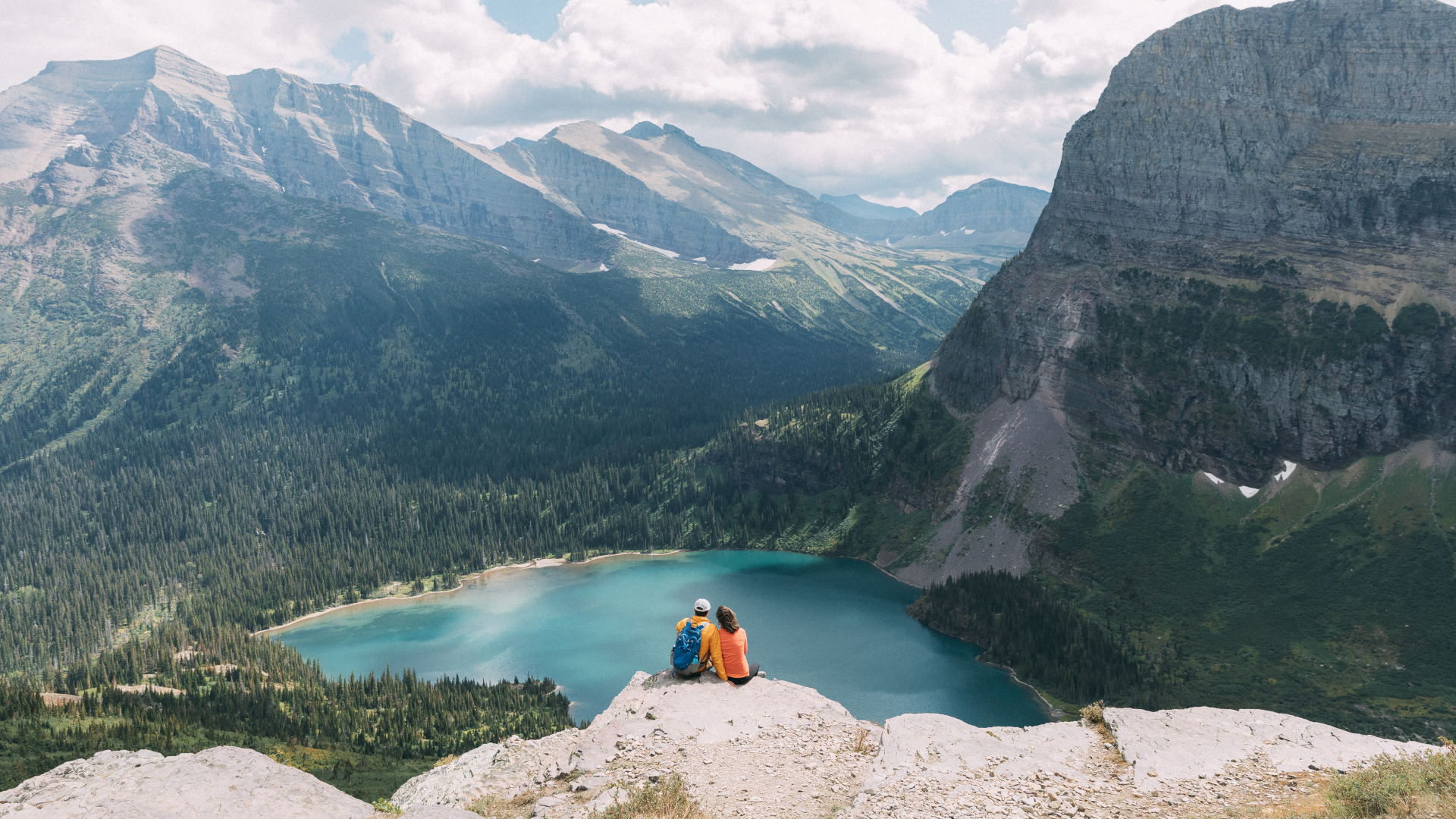
Chances are there are probably quite a few parks on this list that are also on your bucket list, and they should be. These 10 National Parks showcase natural wonders where you can explore untouched wilderness, from rugged peaks and deep canyons to spouting geysers and tumbling waterfalls. But if you don’t plan your trip properly, you’ll end up sharing these sights without thousands of other people. One pro tip is to skip National Parks altogether and visit the surrounding areas, which usually share similar topography, but assuming you actually want to visit some of America’s National Parks, keep reading for our top tips for avoiding the crowds.
How to avoid crowds at National Parks
1. Travel off season
Peak season varies from park to park, but generally speaking, summer is the busiest time to visit a National Park, when the weather is glorious and the schools are out. Visiting outside of summer drastically reduces the crowds in most places, and by summer we largely man any time from April through August. Of course, this is definitely trickier if you have a family, since like most Americans with families you’ll want to take advantage of the long break, but spring and fall usually bring far more comfortable weather as well as less people, so consider using the spring and Thanksgiving breaks instead, and avoiding public holidays altogether if your lifestyle affords it.
Advnture Newsletter
All the latest inspiration, tips and guides to help you plan your next Advnture!
There are even a few National Parks that are virtually deserted in winter even though you don’t need skis or snowshoes to explore them, so check out our list of the best National Parks to visit in winter and consider mixing up your Christmas vacation this year. Off season travel also makes it easier to find lodging.
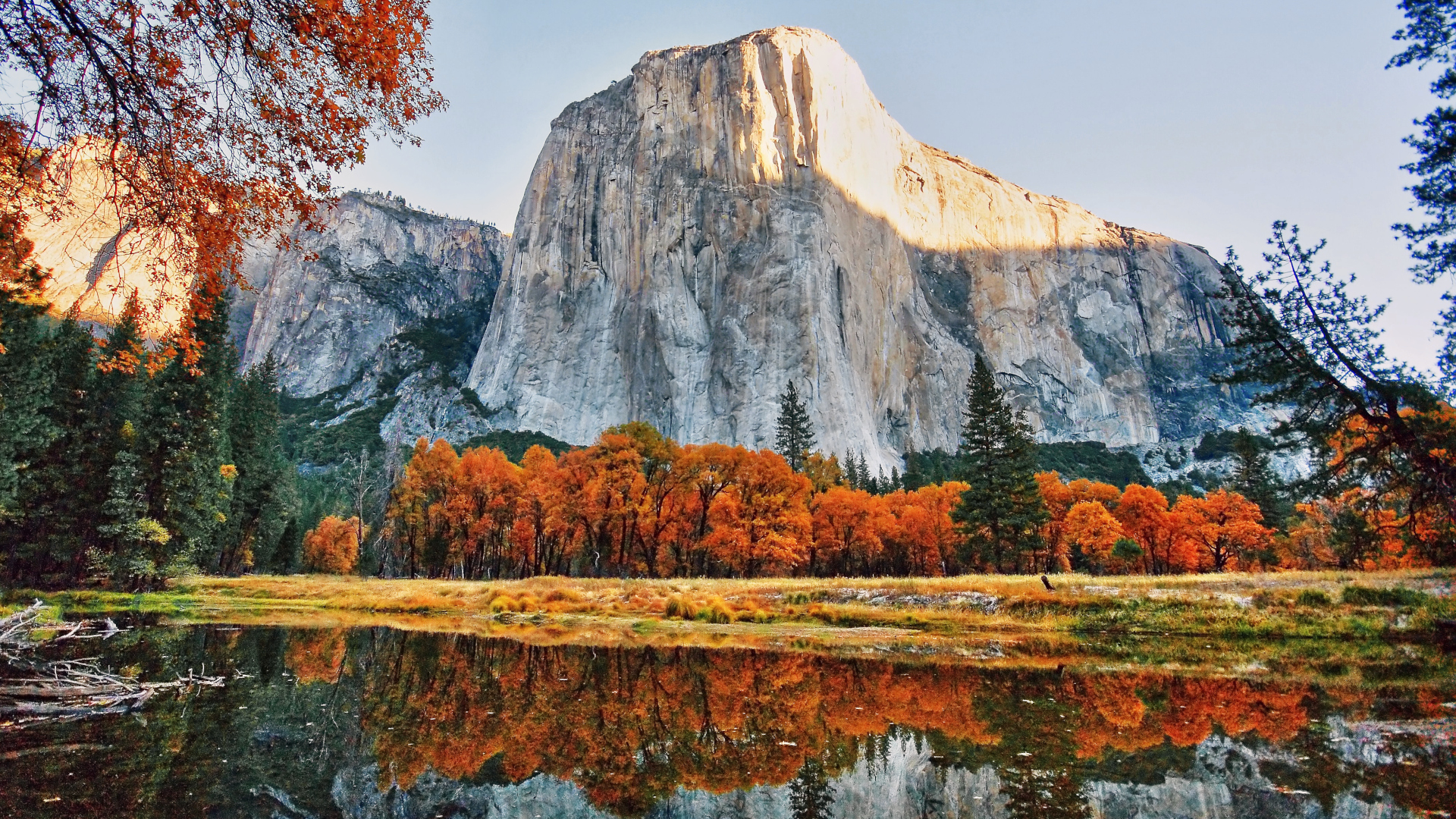
2. Visit on weekdays
This doesn’t seem like it would make as much of a difference as visiting in winter, but there is a marked difference between a weekday and weekend at most National Parks. Of course, this is the cross you have to bear for pretty much any outdoor adventure if you’re a weekend warrior, but if you have the week off, use the weekdays to actually spend time in the park and the weekends for travel, packing and unpacking.
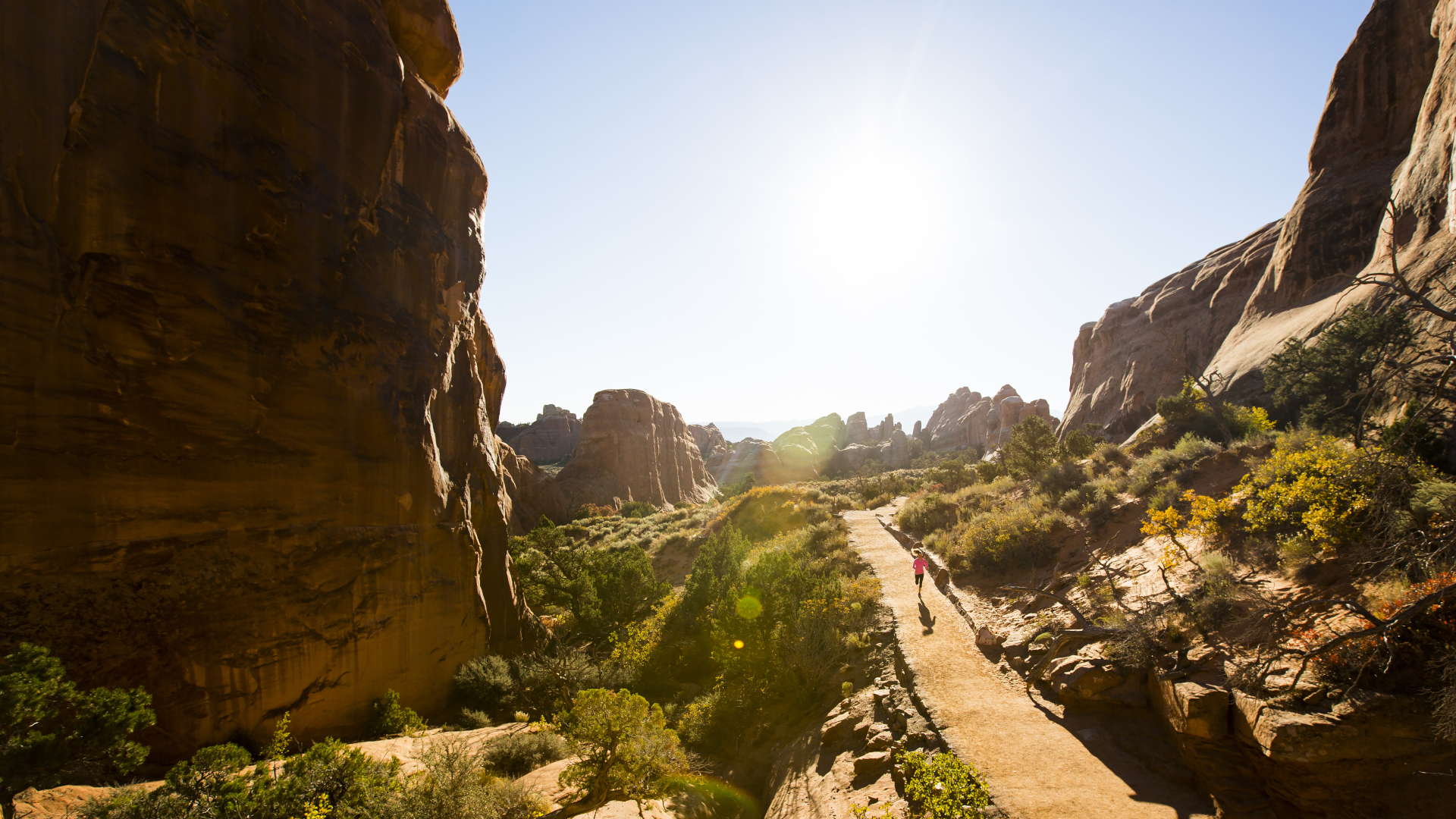
3. Go early, or late
If you need to rely on your weekends to travel, don’t despair. Another pro tip is just to get yourself into the park really, really early. Again, this might be tougher if you’re traveling with kids, but National Park entrance gates are open 24 hours a day, and those queues on Saturday mornings start at around 8 a.m. Research the best spots in the park to watch the sunrise, grab one of the best headlamps and get yourself in early and you’ll have no problem finding parking and get the palace to yourself. By the time you’re finished with your hike, most people will just be getting started.
Another variation on this is to go in later, since most people are leaving the park or heading back to their campsites by 4 p.m. If you’re visiting in summer when the days are longer, you could do worse than a sunset hike, just make sure you’re prepared with that headlamp. You can even take this a step further and visit one of the best National Parks for stargazing for some truly nocturnal adventures with your binoculars.
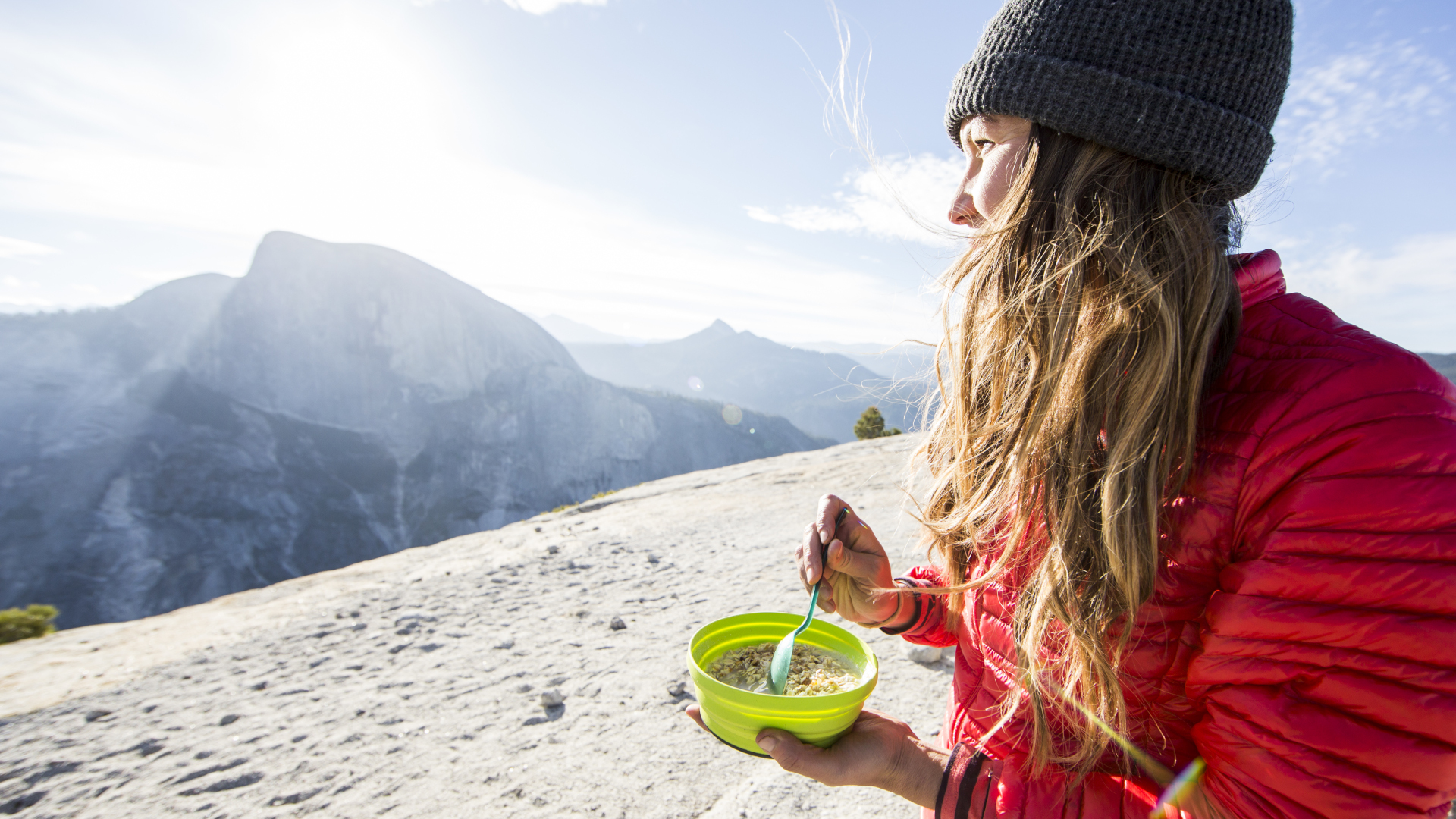
4. Explore less popular areas
Once you’re inside the park, it’s easy to just hit all the popular sites. After all, there’s a reason why visitors to Yosemite want to see Yosemite Falls, Half Dome reflected in Mirror Lake and stroll under El Capitan in the meadow. But by nature, National Parks are generally vast and have much more to offer than the attractions that make the T-shirt. In Yosemite, for example, no roads cross Tuolumne Meadow, a beautiful stretch of high elevation meadow in the Sierra Nevada, and only backpackers get to explore it. In Zion, Kolob Terrace wilderness preserves magical scenery that is far from the traffic jams clogging up Angels Landing. Your best approach is to ask the park ranger at the entrance gates where the quietest areas of the park are, and head there.
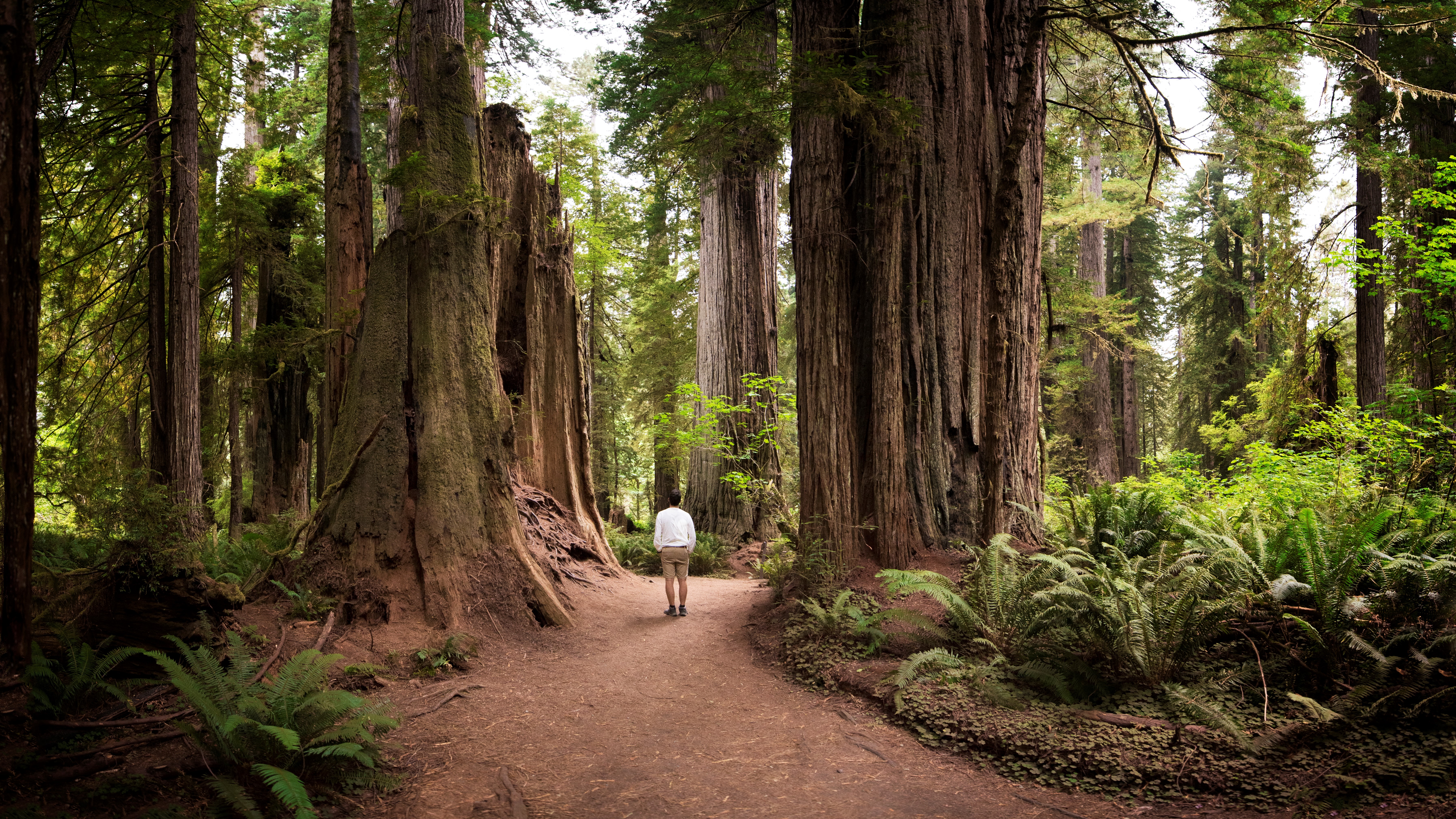
5. Travel on foot
When we think of National Parks, we think of hiking boots, but that doesn’t mean everyone does. National Parks are amazingly accessible, which means lots of people are enjoying the sites from low-level paved trails and scenic drives and not actually pounding the dirt. Hitting the hiking trails is definitely a means to escape the crowds, especially if you pick less popular and more difficult trails – just make sure you’re hiking within your own ability level.
You can also take this a step further and go backpacking. Most National Parks do require you to get a backpacking permit before doing any dispersed camping, but these are often free or very cheap. Since the permits are limited and most people prefer front country camping where there are restaurants and showers, if you’re willing to carry everything you need for a few nights in your backpack, you can have incredible adventures on Half Dome, at the bottom of the Grand Canyon and among the giant redwoods. Check out our list of the best National Parks for backpacking to get some good ideas.
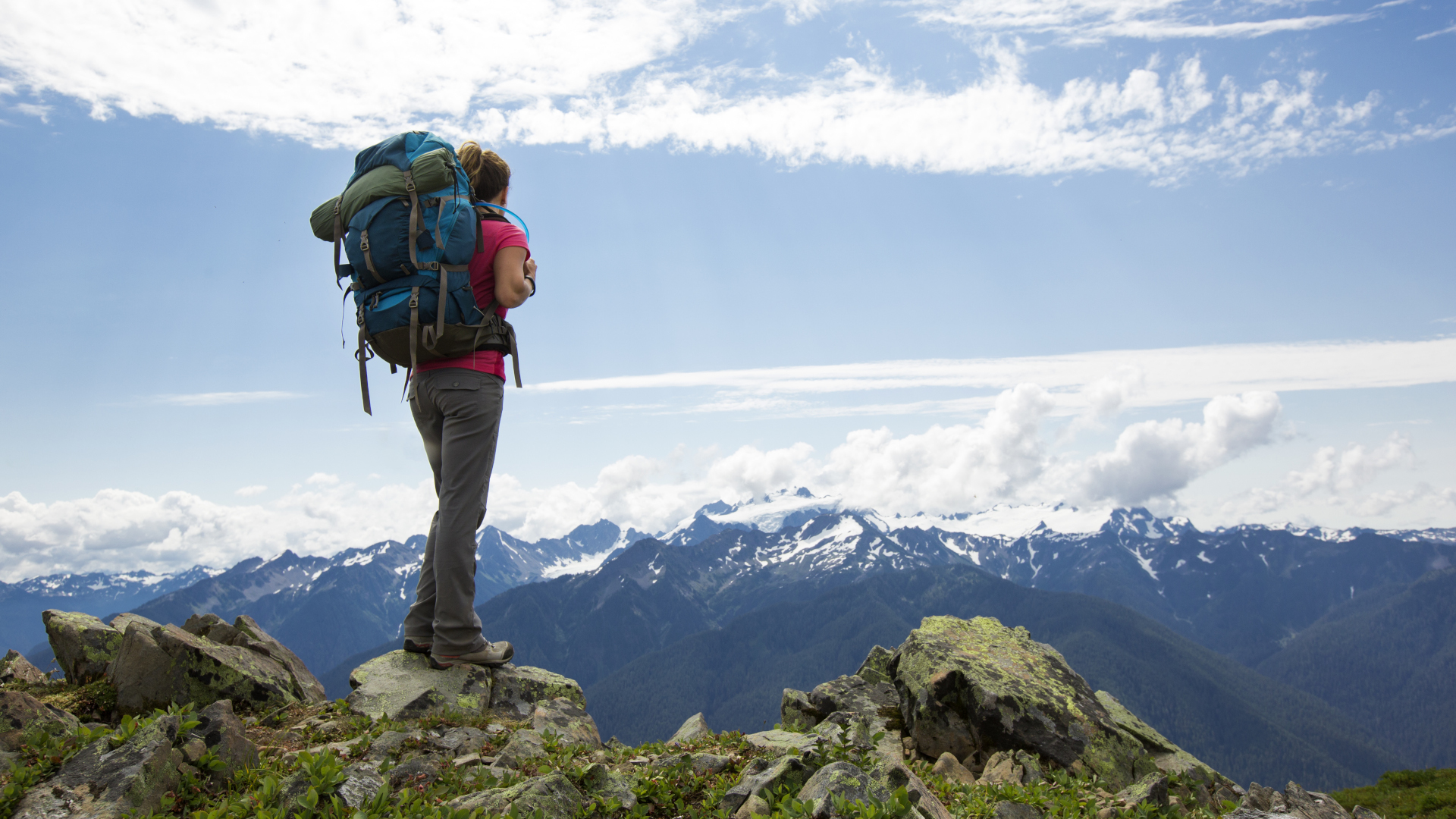
6. Be self-reliant
Another way to keep yourself out of the fray is to rely as little as possible on the park’s services. Pack in your own food and water so you don’t need to circle the visitor's center for an hour looking for a parking spot just to fill your water bottle and grab a sandwich. This also goes for hiking essentials like sunscreen and insect repellent of course. Sleep outside the park where there’s usually lots of lodging and it may be a lot quieter than a busy campsite or lodge just a few miles away that’s inside the park’s perimeter.
Whether or not you drive or use the park shuttles really depends on the park itself. Few parks are easy to reach without a car, with one exception being Glacier, which you can travel to by train. Many do offer free shuttles and it can be easier to ditch your car as soon as possible and use these, however if you get into the park before sunrise, you’ll have no problems finding a spot. If you’re a cyclist, you can cruise through the park and not have to worry about parking or traffic jams.
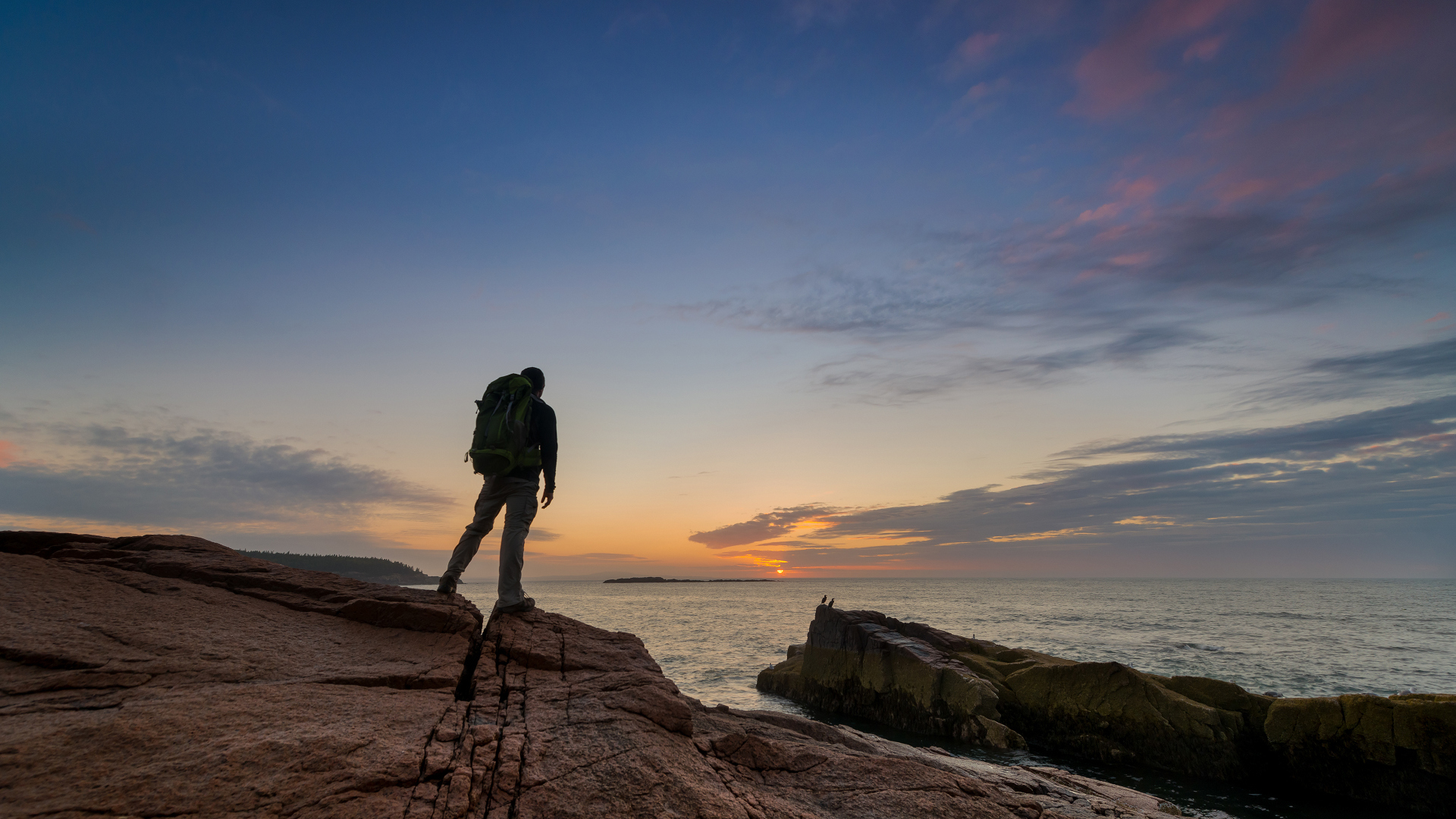
7. Visit the quieter parks
Not that we’re trying to deter you from visiting the most popular National Parks, but there are some incredible parks that see less than 50,000 visitors a year, and trust us, it’s not because they’re not worth seeing. Though these parks tend to be more remote, they offer unparalleled beauty and adventure with very few other people – check out our top picks for the least crowded National Parks.
Julia Clarke is a staff writer for Advnture.com and the author of the book Restorative Yoga for Beginners. She loves to explore mountains on foot, bike, skis and belay and then recover on the the yoga mat. Julia graduated with a degree in journalism in 2004 and spent eight years working as a radio presenter in Kansas City, Vermont, Boston and New York City before discovering the joys of the Rocky Mountains. She then detoured west to Colorado and enjoyed 11 years teaching yoga in Vail before returning to her hometown of Glasgow, Scotland in 2020 to focus on family and writing.

